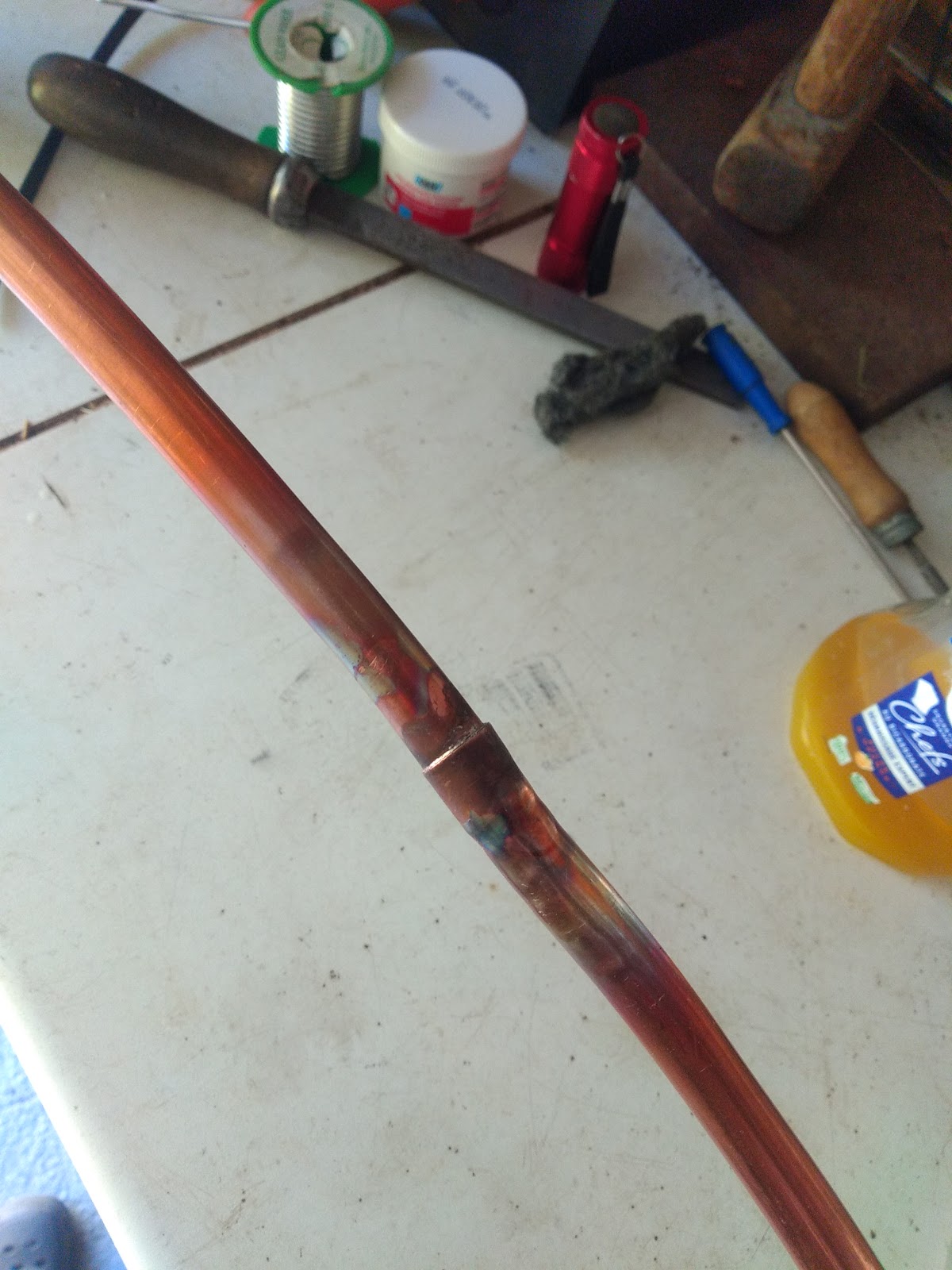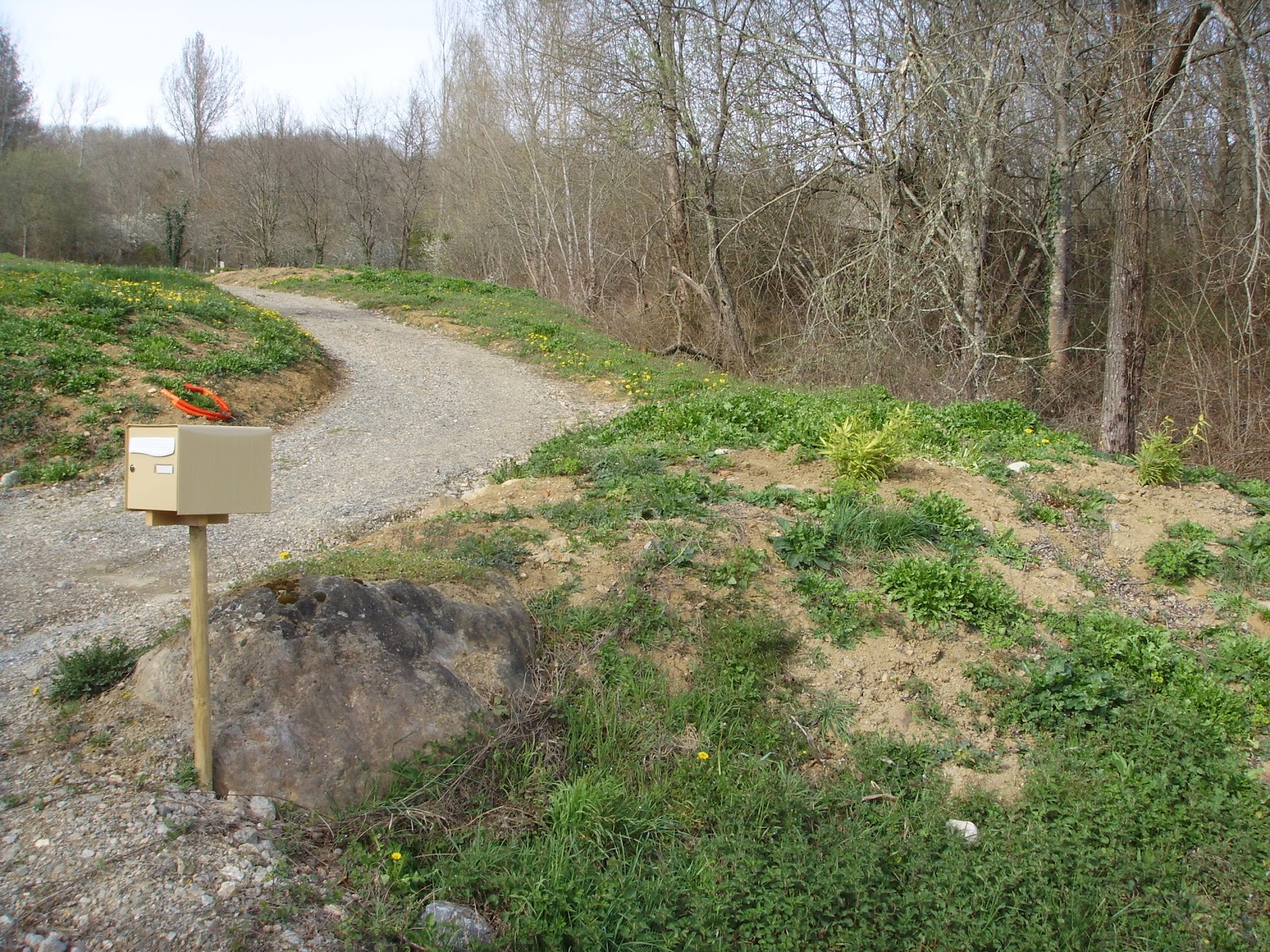Sold under a few names in 2024
https://www.klarstein.fr/Electromenager/Kit-brassage-biere/Brauheld-Pro-45-Kit-de-brassage-de-biere-maison-Cuve-45L-3300W-45-L.html
Klarstein - variable pricing, from 650 to 400€ depending on the offers
https://thehomebrewery.eu/equipment/breweries/coobra
https://www.homebrew.no/bryggemaskiner/1872/coobra-cb5-pro-v3-craft-brewer-all-grain-bryggemaskin-50liter
https://www.thehomebrewforum.co.uk/threads/coobra-cb5-45l-all-in-one-brewer.84124/
A slightly different model without the recirc line (might have an internal line)
https://brewtaurus.com/products/b45l-ss-brewing-system-pro
https://www.bmswijndepot.com/fr/catalogue/Details/4900/easybrew-sb60p-refroidisseur-60l
https://brouwland.com/en/electric-brew-kettles/20634-brew-monk-b40-wifi-brouwketel.html
Agape is the manufacturer.
https://www.youtube.com/watch?v=MlHV91AVzbY&ab_channel=AURONAGAPE
Bought this to replace a 70L stainless pot and 5.5kW gas burner. I will only be able to brew say 40L in the new boiler, but it will be a lot more efficient on electricity and the solar panels will contribute. Also, as it has a pump, I can do everything on the ground which is a big bonus for the back. No moving hot water or wort around in jugs. No wind blowing out the gas, or blow back! Hopefully no burnt beer too, given the enclosed element.
I've also made a counter-flow chiller so hopefully this will reduce brew times. I intend to use an old shower pump to borrow cooling water from the 1000L water butts, although some water will be fresh and kept for subsequent cleaning. See the dedicated post on that.
The tap is 3/4" to 1/2" quick disconnect male (QD) Readily available at Braumarkt, brauwland or Aliexpress.
The heat control is bang-bang. Shame, but it's a lot easier than trying to cool a triac in the proximity of a 3.3kW heater. 2 elements 1.5kW & 1.8kW - marked HY220 - nothing on goggle.
The controller is adequate and tells you all you need. Even though I think the temp calibration is spot on, I adjusted it to +2. This means that it actually switches off if you set boil to 100C. You could just set boil to 98C. In future I intend to set it to 98 for 2 mins @ 3.3kW, then the normal boil at 100C/1000W This will maintain the boil even if it is on-off.
PUMP FLOW RATES
Max water flow at top outlet is 5.6L/min which drops to 3.5L/min if bottom re-circ is fully open.
Once the counter-fllow chiller is connected at the top, the water flow at top outlet is 4L/min which drops to 3L/min if bottom re-circ is fully open. If the top tap is then 1/2 shut flow becomes 0.8L/min
Mods.
Using 10mm AC pipe insulation wrapped around. About 15m. Brewing jackets for the other brands above exist at 5mm thick for 30€ + delivery. I had the insulation lying around.
Extra silicon hose to extend the pump output to the top the grain bin during sparge. This is only needed if you don't want to batch sparge (not recommended)
Converted my old 50L fermenter to a sparge water heater. 2kW/220V heater and on/off heat controller STC-1000. A bit OTT, but I lose track of stuff being heated. The 2kW heater takes 2360W/9.84A at 240V which is still within spec for the controller 10A relay. It needs stirring occasionally for small quantities of water (<15) Heated from 50C (tank temp) to 78C sparge in about 15 mins.
A hop spider. Pricey, but the muslin bags are a pain, particularly to clean. Pellets might escape as I got a blocked bazooka.
Mesh bottom. A supplemental mesh on the mash tube, as the original one let a lot of bits through. Don't think the grain was milled too fine.
Internals
Main pcb mounted in the base uses a AP8012 8W converter. Looks to be isolated output. https://forum.mysensors.org/uploads/files/1438113455710-_1286955514_oj99d4.pdf
6 pin connector to the head unit. Guessing 2 for power, 1 for a 10k RTD, 1 for buzzer and 2 to control each relay.
30A/240VAC Yongwei relay Y9F 112DM (heater power on)
10A/250VAC Yongwei relay Y3F 112DM (selects 1800W element, 1500W always connected)
A couple of wiring shots. The elements looks cast to the base, so a replacement will need to punch a hole in the side.
 |
| Display PCB. Red is 0V, black is supply according to the caps. |


















